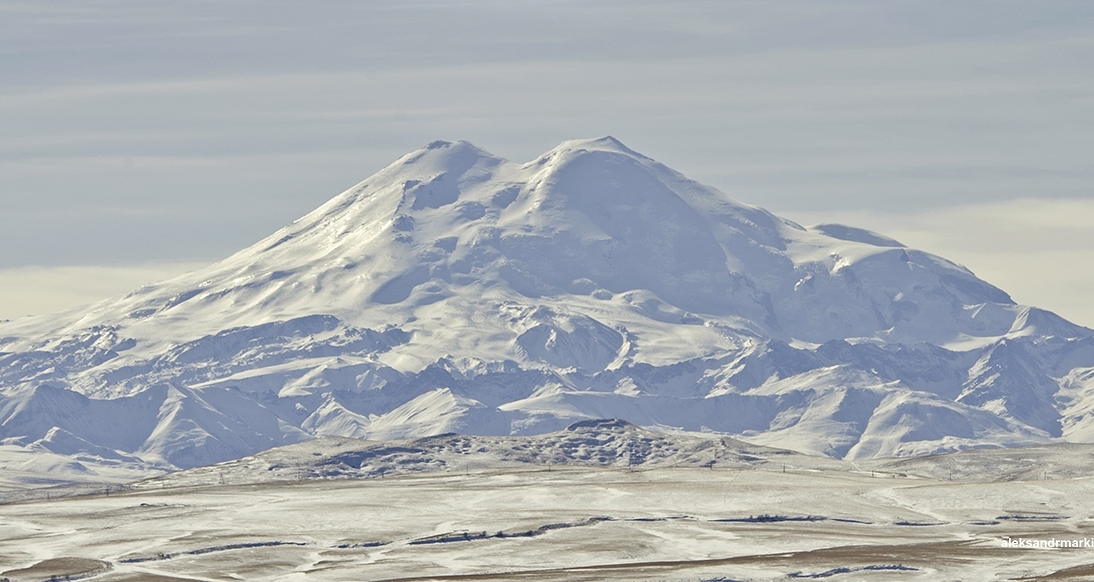Mount Elbrus
Mount Elbrus is the highest mountain in Europe and a significant peak in the Caucasus Mountains of southwestern Russia, near the border with Georgia. It is a dormant stratovolcano with two main summits: the western summit at 5,642 meters (18,510 ft) and the eastern summit at 5,621 meters (18,442 ft).
Here are some key facts about Mount Elbrus:
Geography and Geology
- Highest Peak in Europe: While Mont Blanc in the Alps is sometimes cited as the highest, Mount Elbrus is generally accepted as the highest peak in Europe due to the common geographical convention that places the Caucasus Mountains on the European side of the boundary with Asia.
- Dormant Volcano: Elbrus is a stratovolcano, meaning it is built up of multiple layers of hardened lava and volcanic ash. Its last eruption is estimated to have been around A.D. 50.
- Glaciers: The mountain is covered year-round in snow and ice, feeding 22 major glaciers that give rise to several rivers. The glaciers have been receding due to climate change.
Mountaineering and Climbing
- One of the Seven Summits: Mount Elbrus is included in the "Seven Summits" challenge, which is a list of the highest peaks on each of the seven continents. Its relatively accessible nature compared to other Seven Summits makes it a popular choice for climbers.
- Climbing Difficulty: While not a technically difficult climb, Mount Elbrus is a serious high-altitude expedition. The main challenges are the altitude, unpredictable and harsh weather conditions, and the risk of crevasses, especially on the less-traveled routes.
- Main Routes:
- South Route: This is the most popular and easiest route. It is well-supported with a series of cable cars and chairlifts that take climbers up to the high mountain huts (at around 3,800m), reducing the amount of ascent required. A snowcat can also be used on summit day to further reduce the climb.
- North Route: This route is more challenging and remote, lacking the infrastructure of the south side. It requires greater self-sufficiency and is less crowded.
Cultural and Historical Significance
- Mythology: In Greek mythology, Mount Elbrus is said to be the mountain where Zeus chained Prometheus as punishment for giving fire to humanity.
- First Ascent: The first successful ascent of the western, and higher, summit was in 1874 by a British expedition. The eastern summit had been climbed earlier, in 1829.
- World War II: The mountain was a site of minor strategic importance during World War II, with German and Soviet troops fighting for control of its slopes.
Download Pdf


Get in Touch




